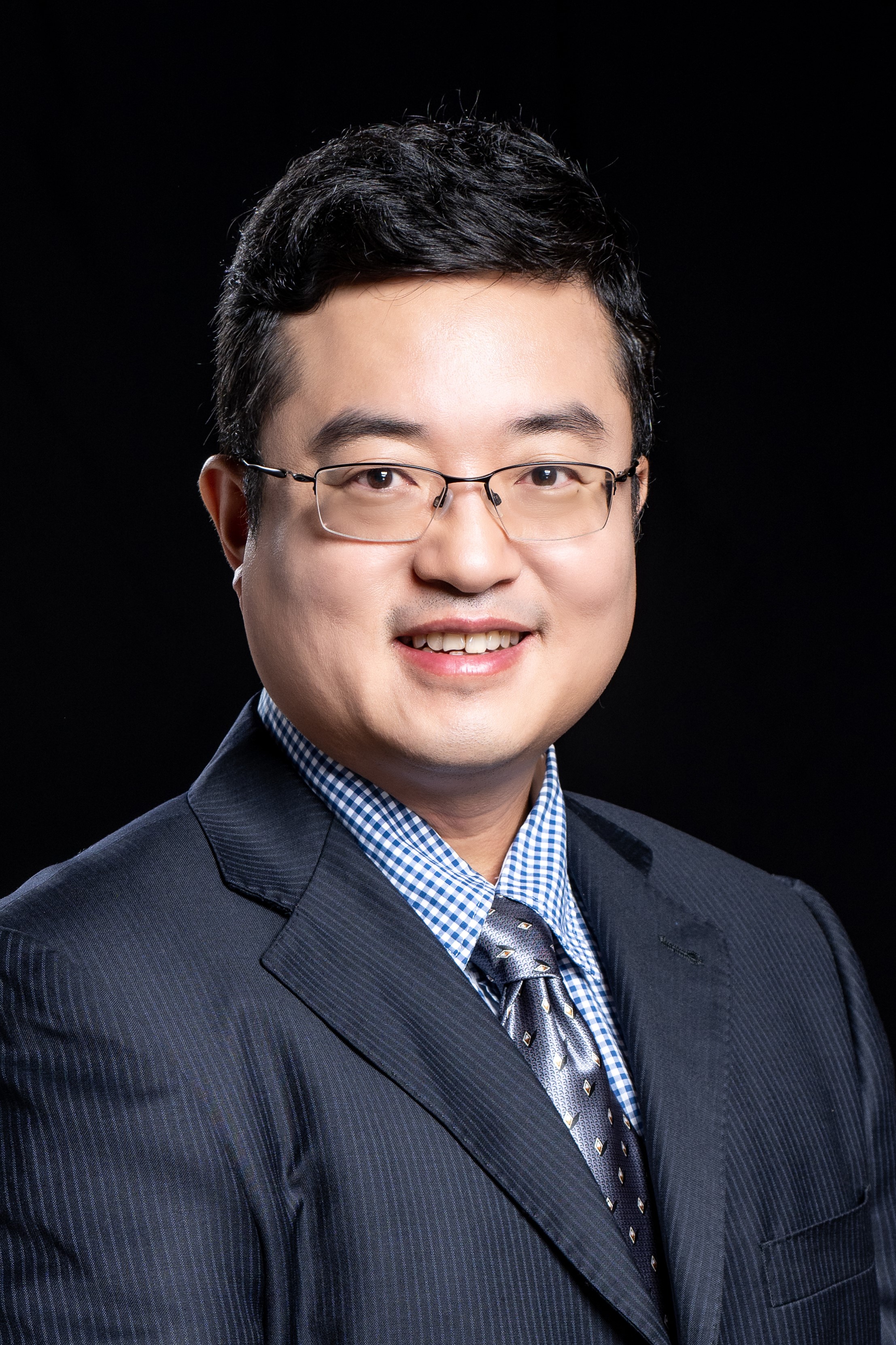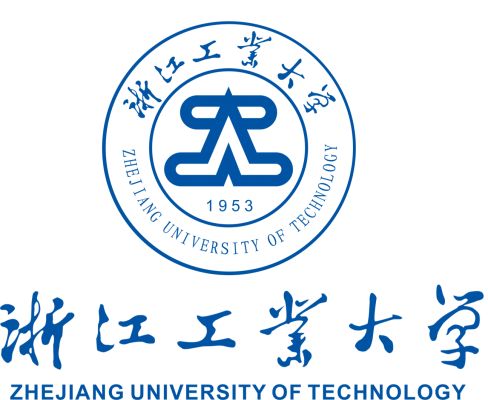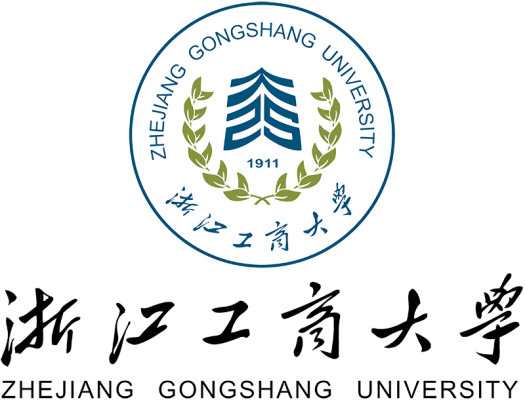
Biography: Dr. Rui Zhang (Fellow of IEEE, Fellow of the Academy of Engineering Singapore) received the Ph.D. degree from Stanford University in electrical engineering in 2007. He is now the Principal’s Diligence Chair Professor in School of Science and Engineering and Shenzhen Research Institute of Big Data, The Chinese University of Hong Kong, Shenzhen. He is also a Professor with the Department of Electrical and Computer Engineering, National University of Singapore. His current research interests include wireless power transfer, UAV/satellite communications, intelligent reflecting surface (IRS) and reconfigurable MIMO systems. He has published over 500 papers, which have been cited more than 90,000 times with the h-index over 135 (Google Scholar).
Talk Title:
Movable Antenna (MA) Aided Wireless Network: Opportunities and Challenges
Talk Abstract :
Movable antenna (MA) has been recently recognized as a promising technology for enhancing wireless system performance by exploiting wireless channel spatial variation via antenna movement at the transmitter and/or receiver. In this talk, we provide an overview of MAs, including their historical development, practical architectures and implementation methods, contemporary applications in wireless communications and sensing (ISAC), as well as mathematical models, design issues (such as channel estimation, continuous/discrete movement optimization) and promising approaches to solve them. In particular, we present various performance advantages of MAs over conventional fixed-position antennas (FPAs), in terms of spatial diversity/multiplexing, interference mitigation, flexible beamforming, and wireless sensing. Furthermore, a general six-dimensional MA (6DMA) system is introduced, which consists of distributed antenna surfaces that can be independently adjusted in terms of 3D position and 3D rotation to achieve the greatest flexibility in movement. We show that by jointly designing the positions and rotations of all 6DMA surfaces equipped at the base station (BS) based on the users’ statistical channel information, the wireless network capacity can be significantly improved over the existing BS with FPAs (e.g., sector antenna arrays). Finally, we shed light on the research directions worthy of investigation in future work to unleash the full potential of MAs for wireless networks.





















